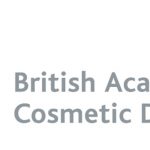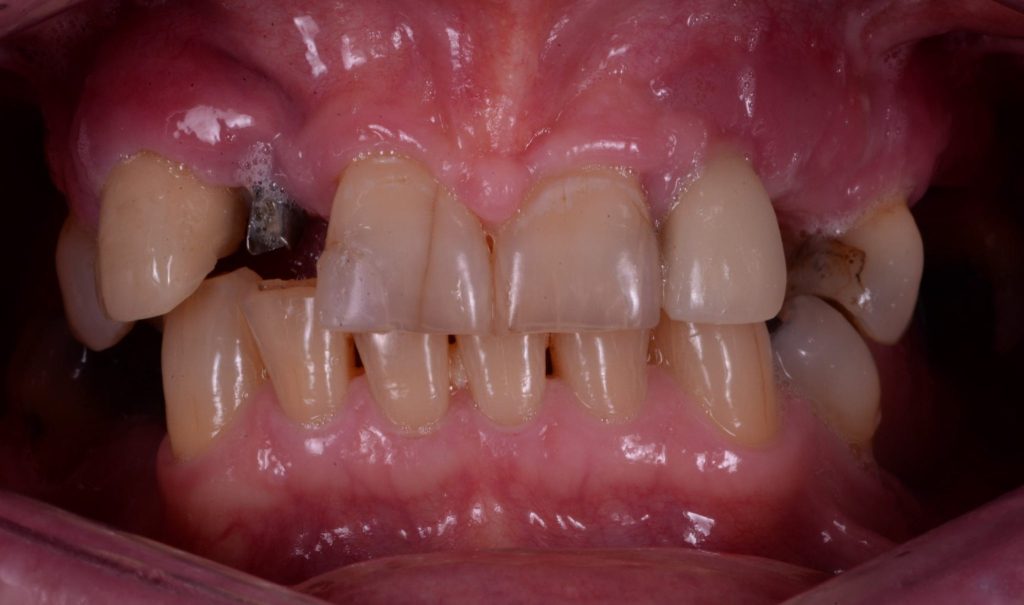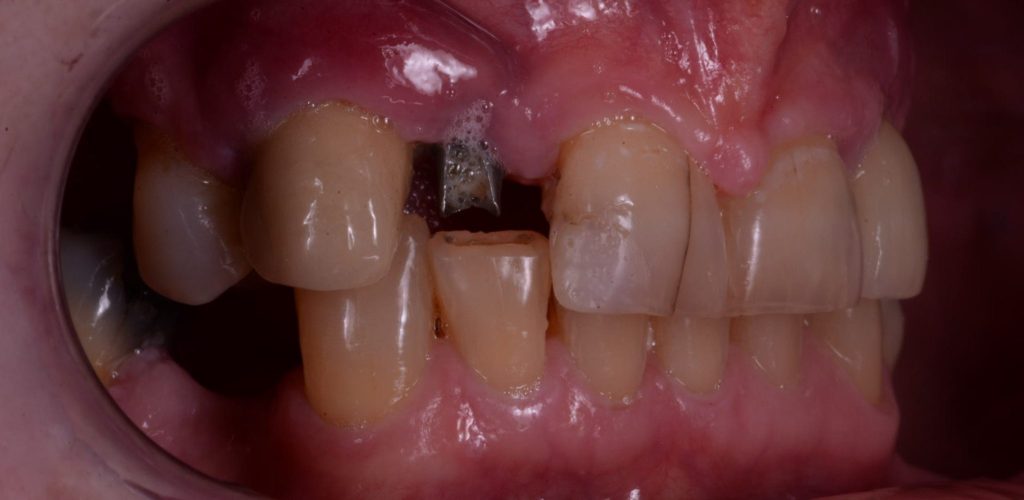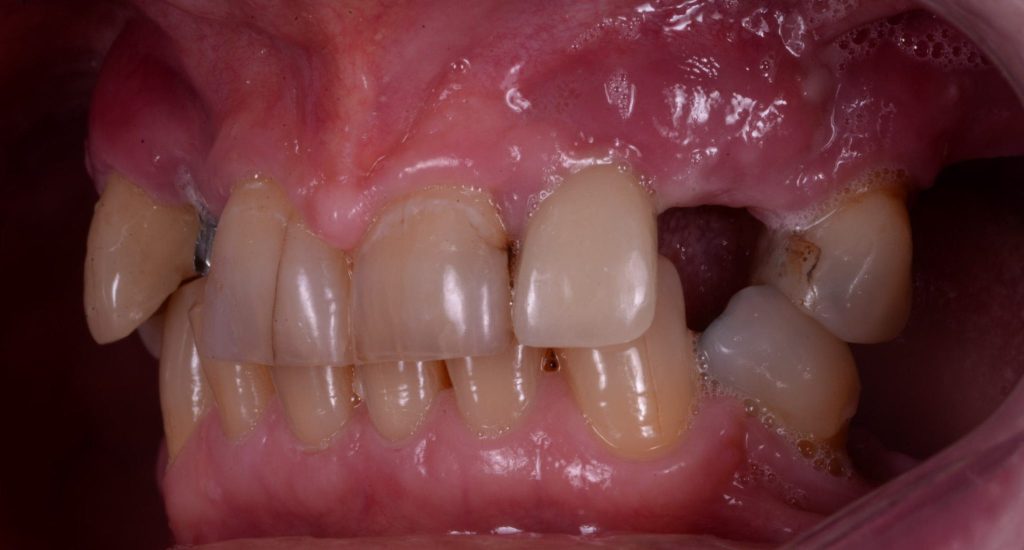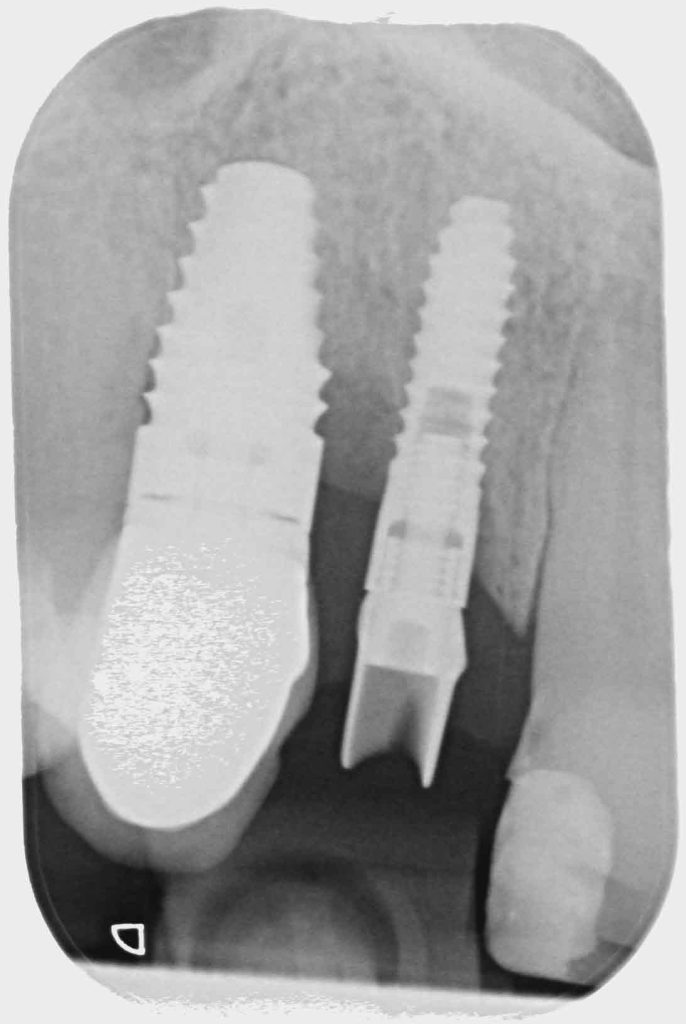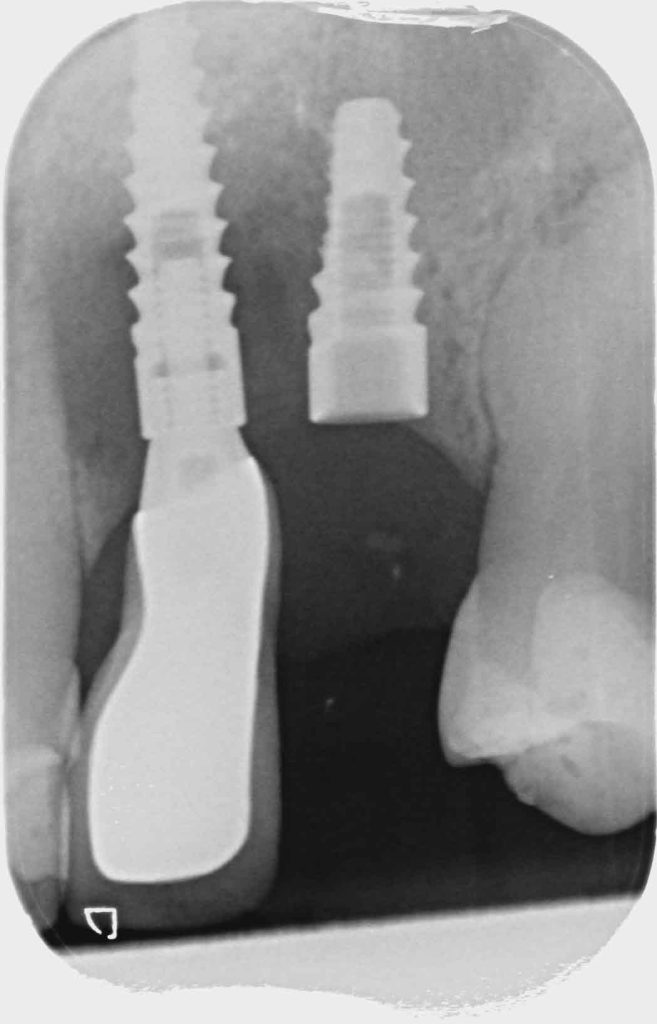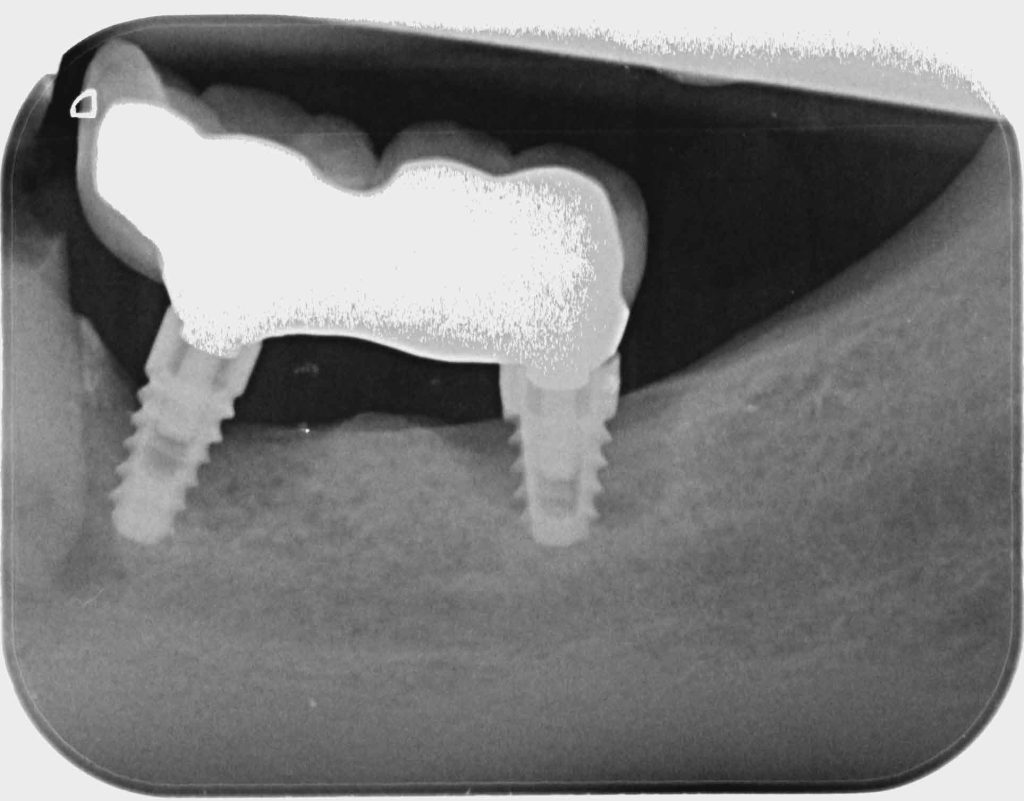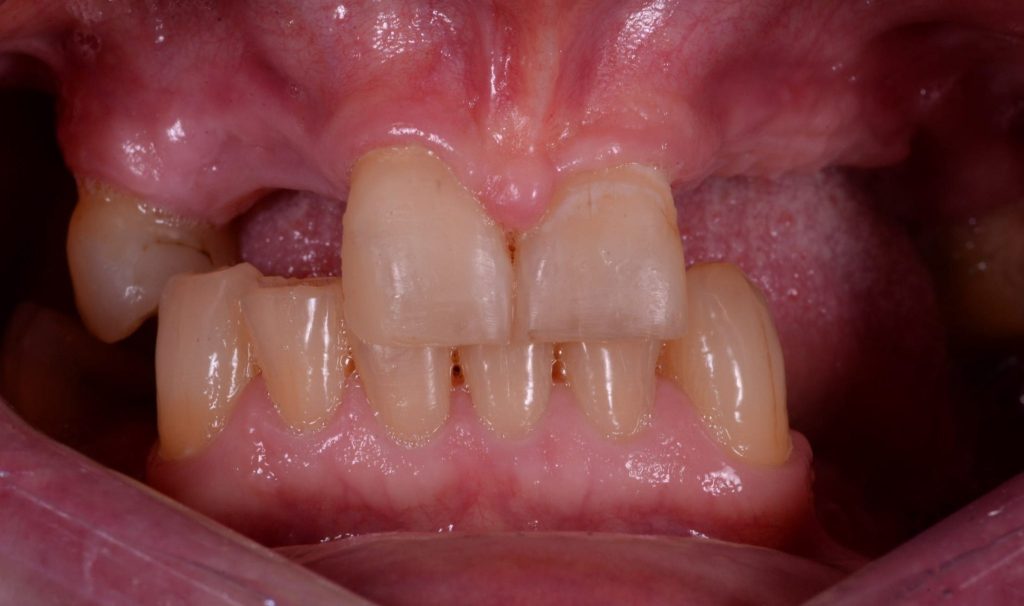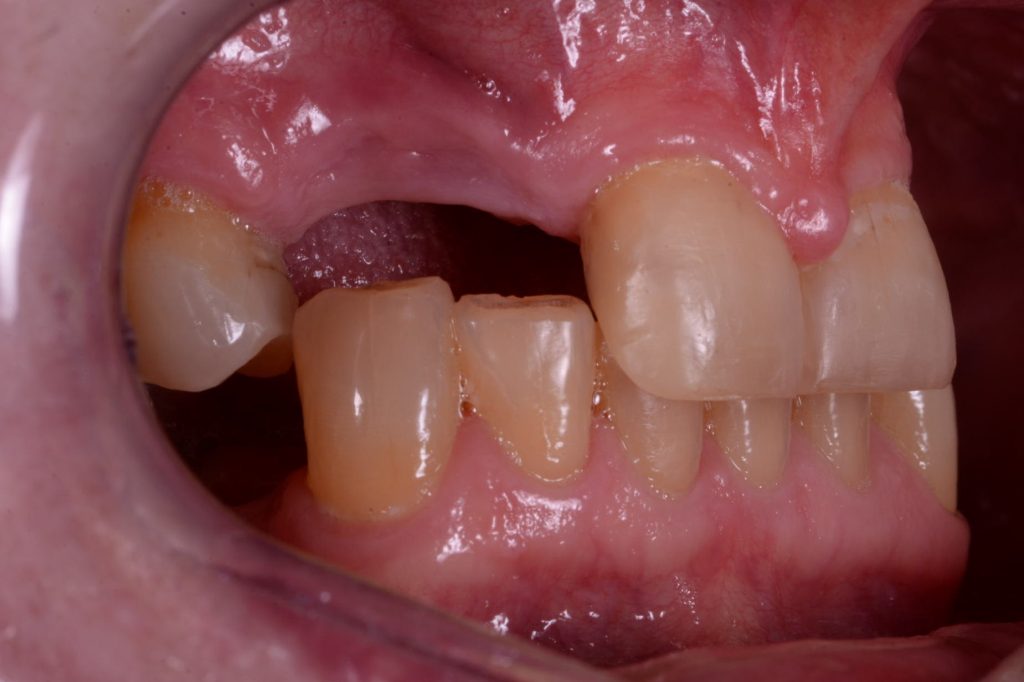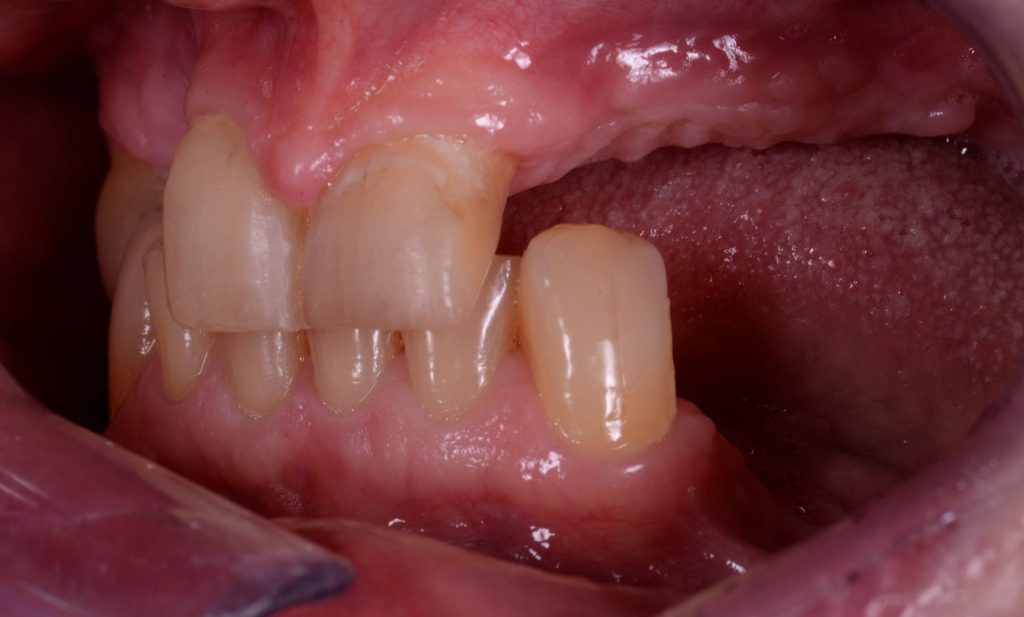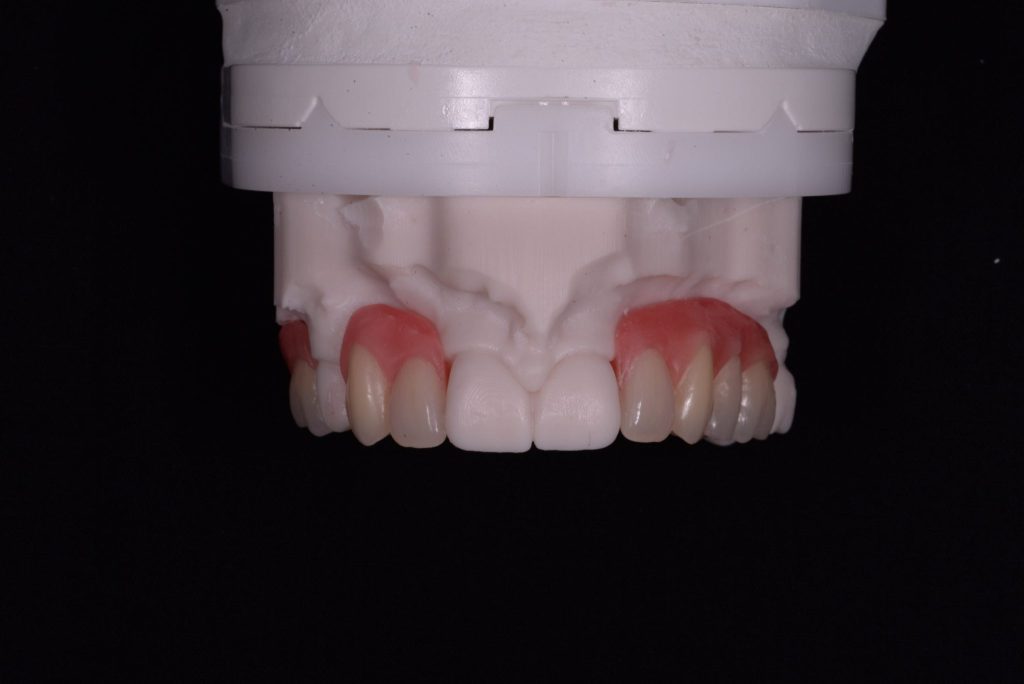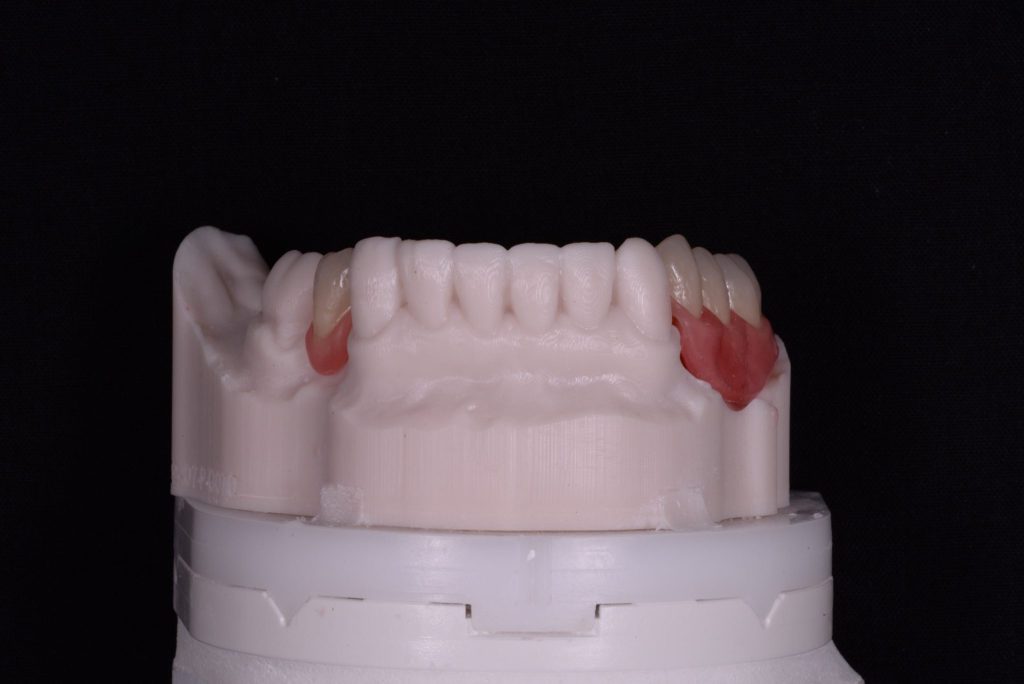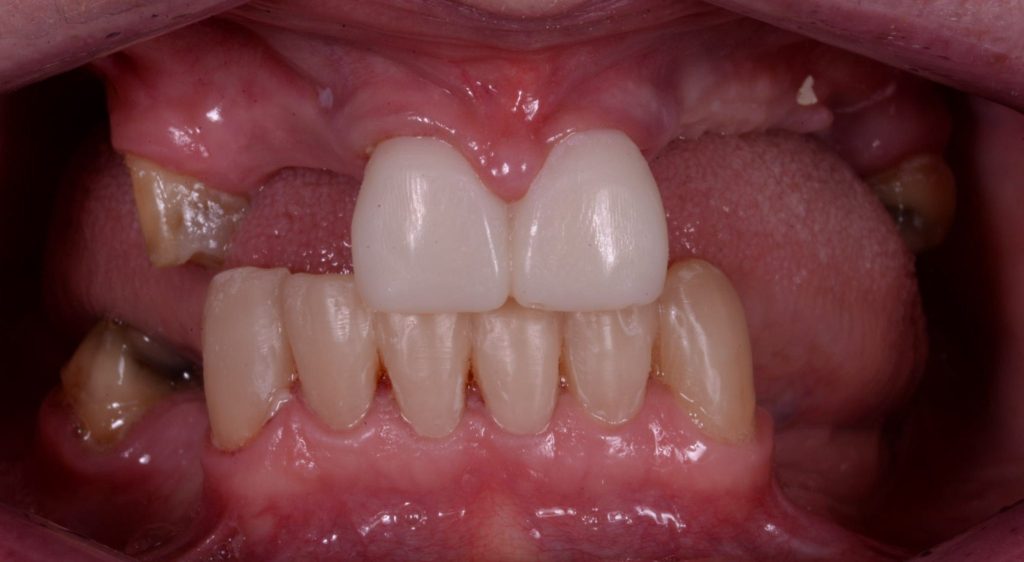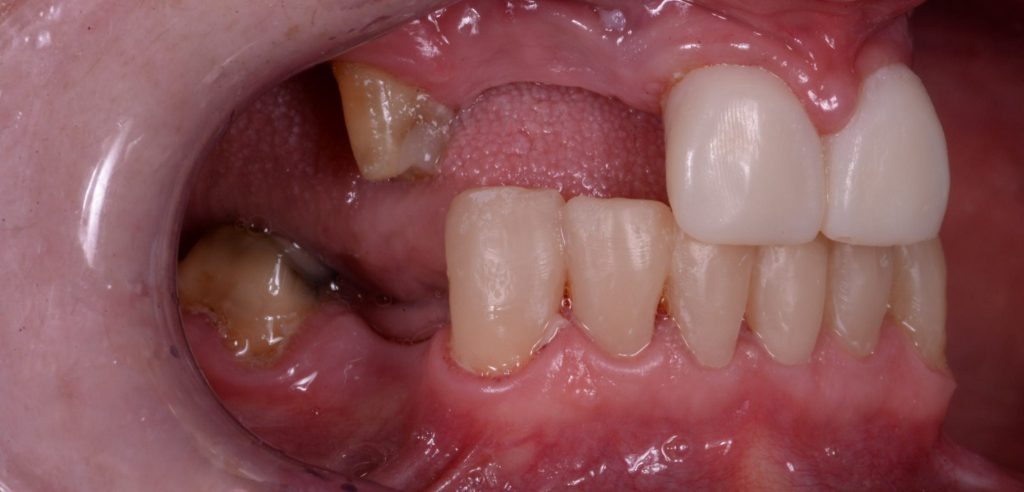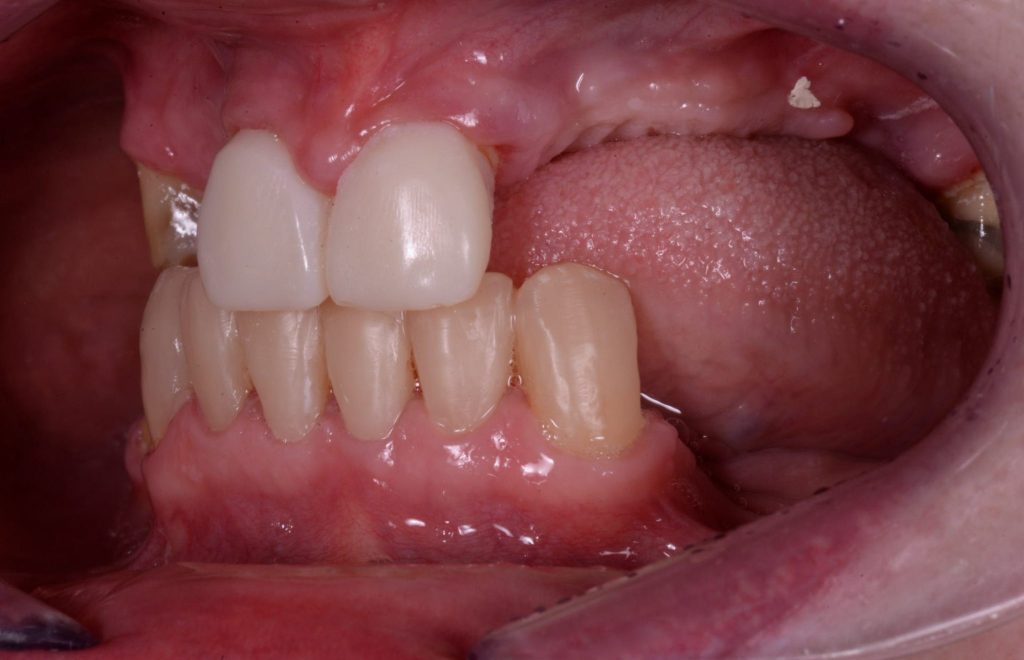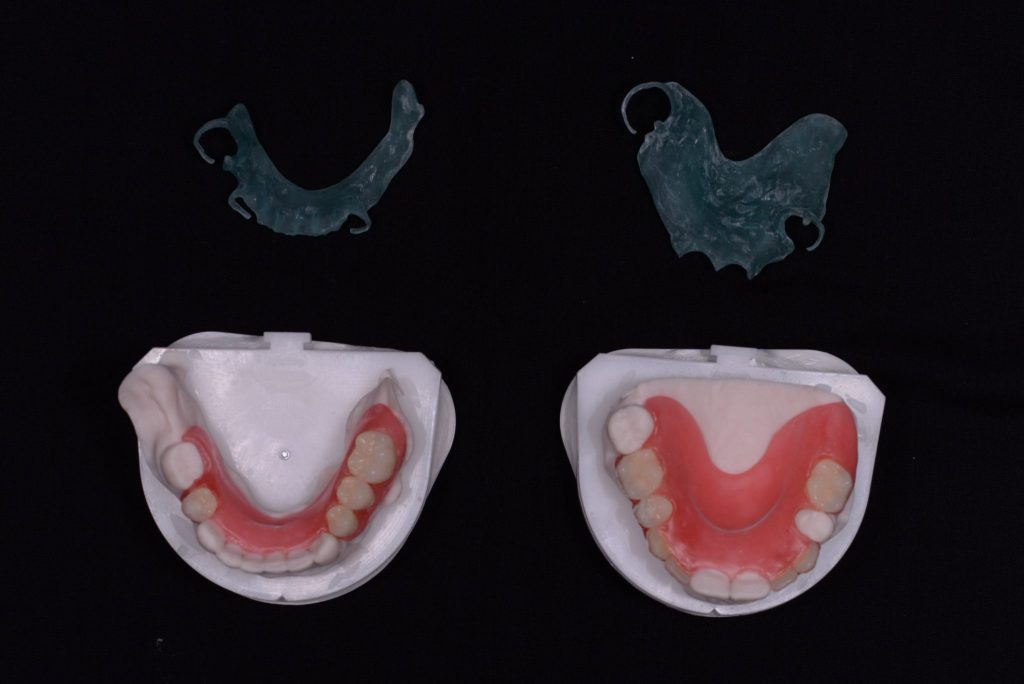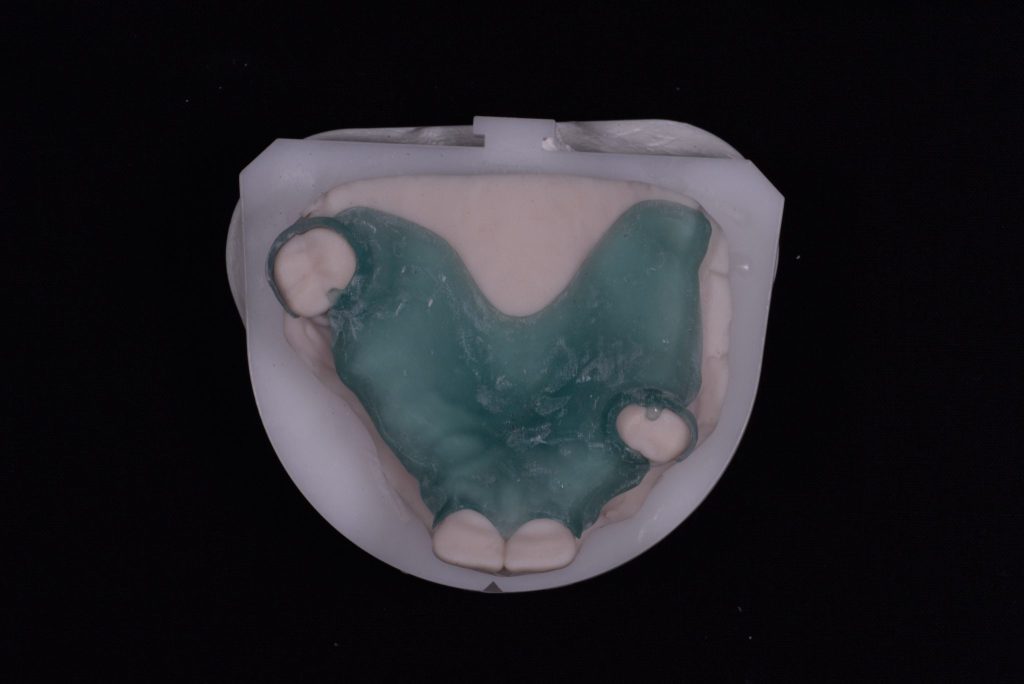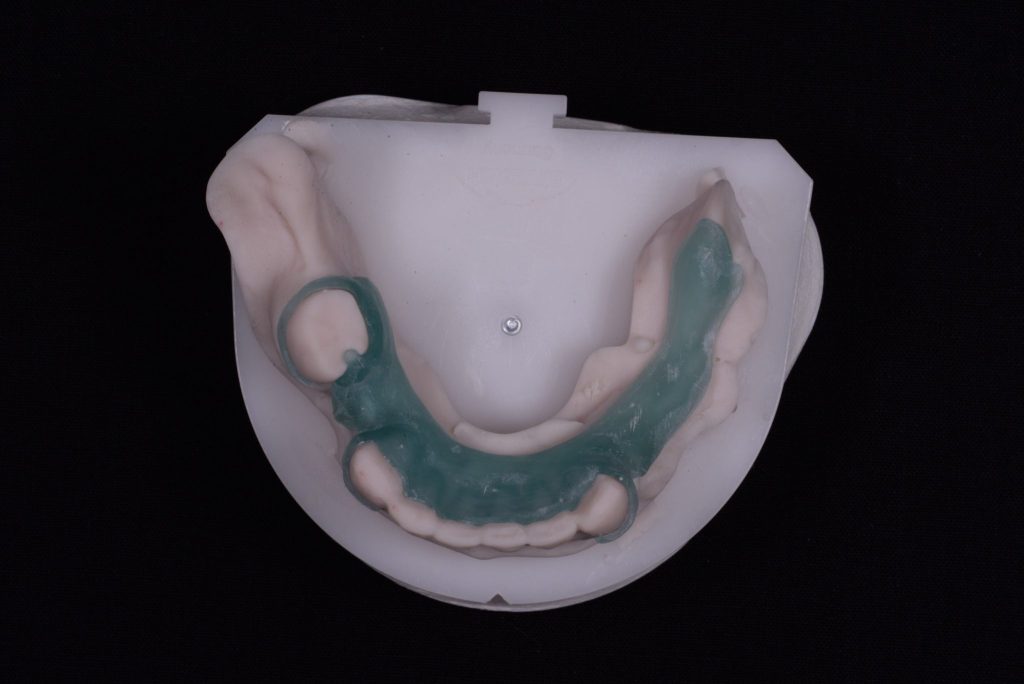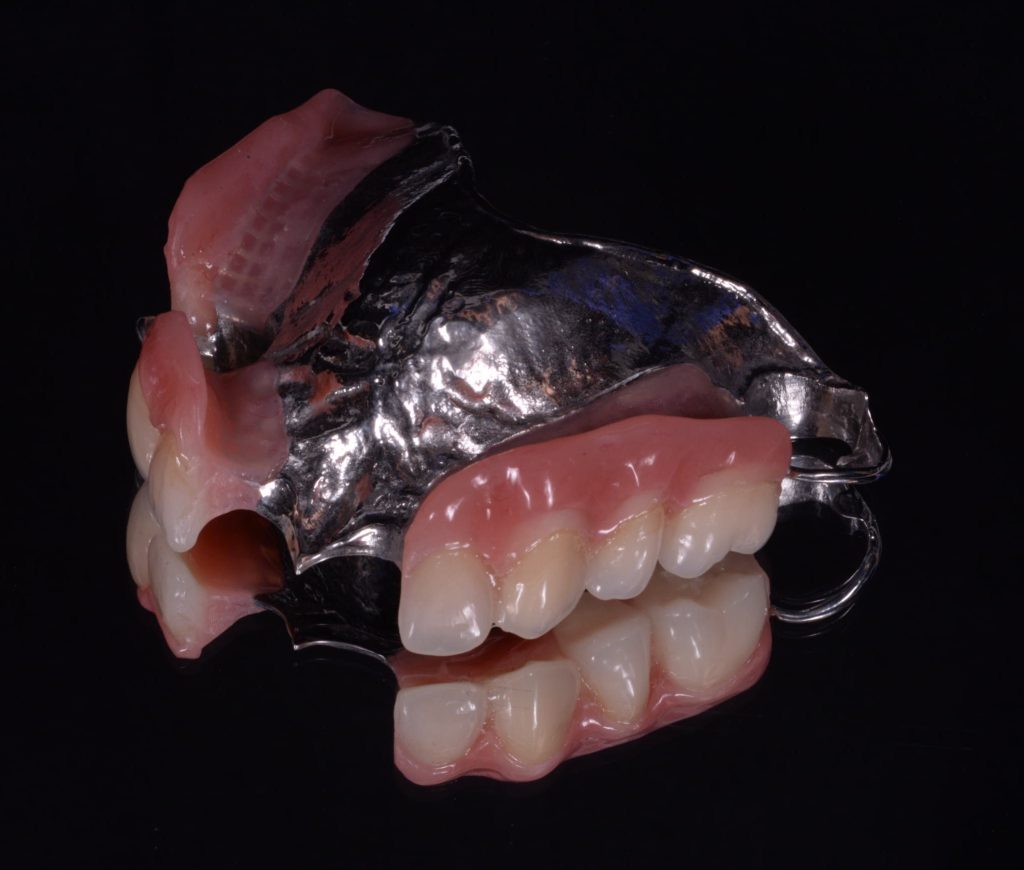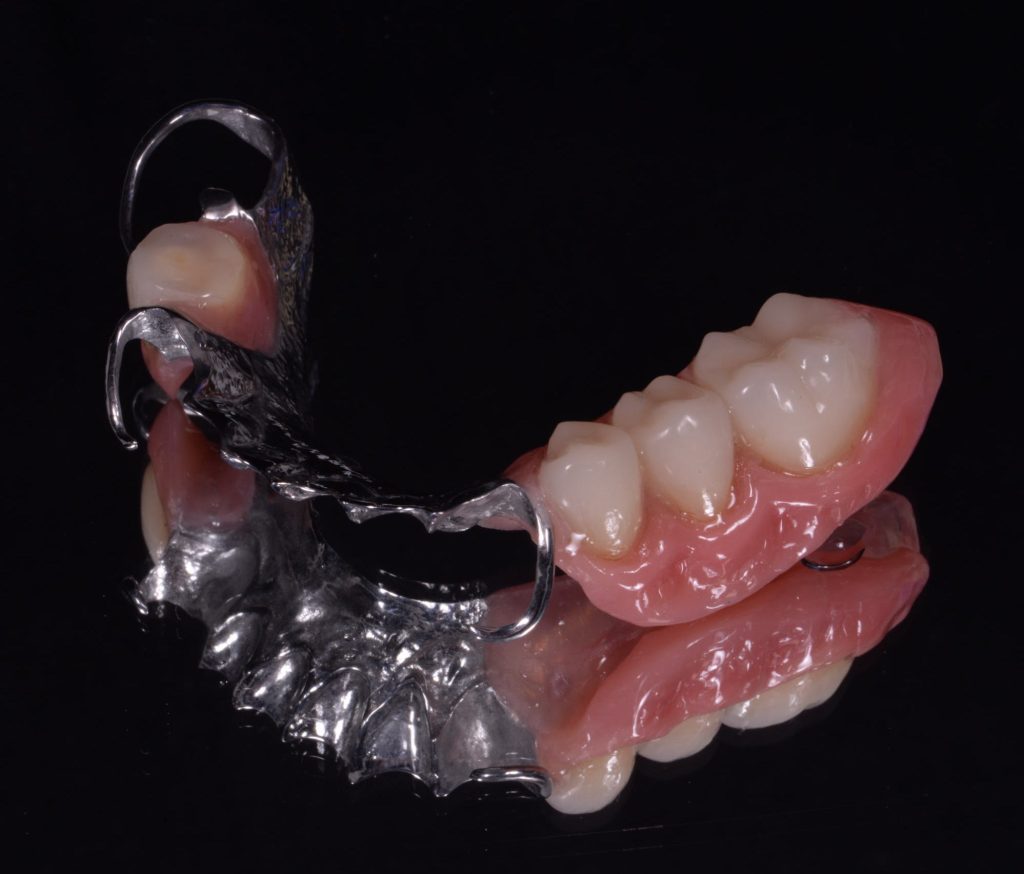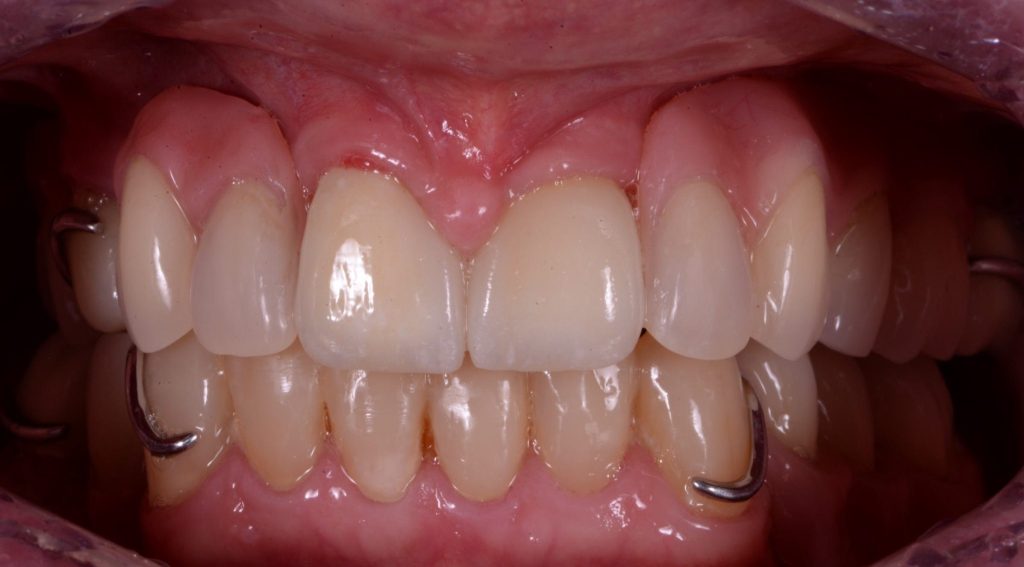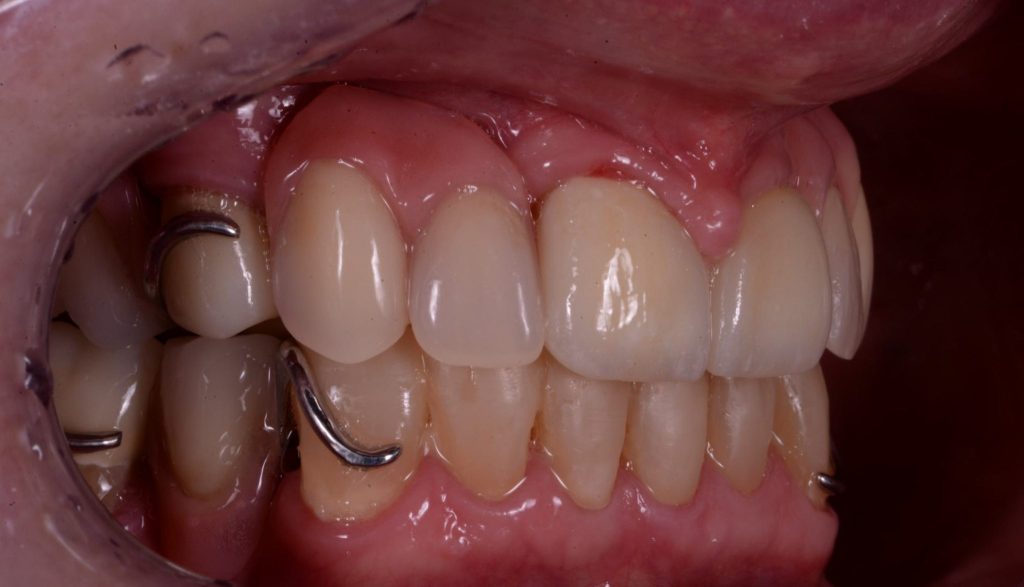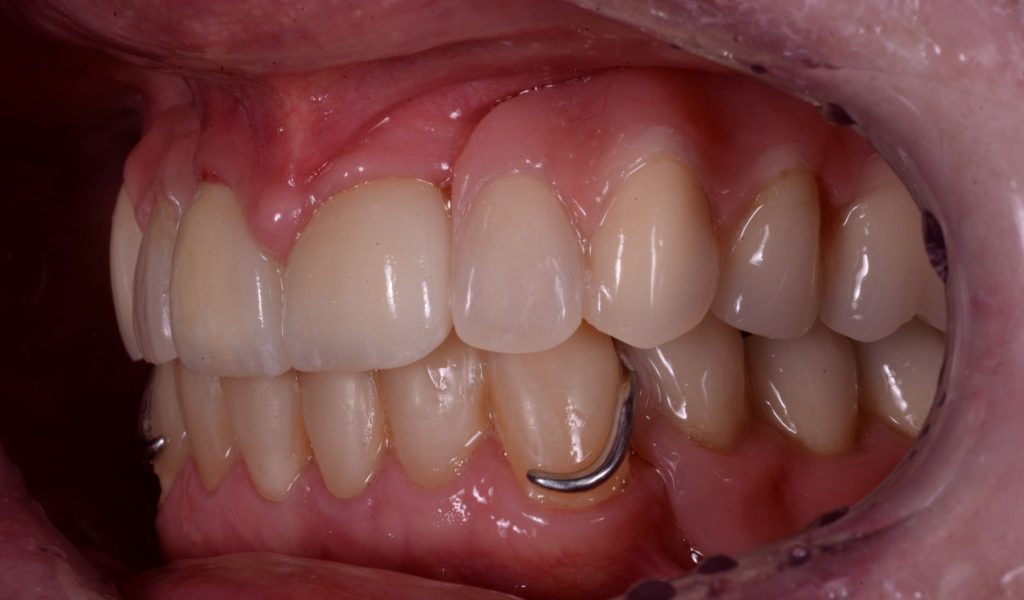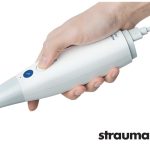By Yvonne Shaw, Deputy Dental Director at Dental Protection
A year ago, the Court of Appeal handed down its highly anticipated judgment on the Hughes v Rattan case.
As a reminder, Mrs Hughes, represented by Dental Law Partnership (DLP), pursued a claim against Dr Rattan under both vicarious liability and non-delegable duty of care. Dr Rattan did not carry out any of the Claimant’s treatment, and the treating dentists had been identified at the outset and were willing to respond to the claim. DLP and their client refused to engage with them and instead pursued Dr Rattan as practice owner.
At the preliminary hearing in the High Court in June 2021, the judge ruled against Dr Rattan on both the vicarious liability and non-delegable duty of care elements of the claim and, with Dental Protection’s support, he appealed the decisions.
In February 2022, the Court of Appeal ruled that Dr Rattan was not vicariously liable for the actions of the associates concerned because of the freedoms they had in his practice. However, the judges agreed with the High Court that Mrs Hughes had been placed in Dr Rattan’s care as a patient of the practice and, as such, he had a positive non-delegable duty to protect her from harm.
The judges took into consideration the patient’s own perception and belief that she was a patient of the practice rather than the individual dentists who treated her. The personal dental treatment plan form used in England and Wales (FP17DC) was significant in relation to this point. The practice stamp named Dr Rattan as the ‘Provider’ and, although the ‘Performer’ number of the treating dentist is entered on the form, there is no field to record the Performer name. In the absence of any other documentation naming the individual treating dentists, it was therefore determined that the patients were ‘patients of the practice’.
At Dental Protection, we knew this case could have significant repercussions for the dental profession, and we were committed to challenging it as a matter of principle. One year on from the Court of Appeal decision, this commitment remains.
Enhanced protection for practice owners
Dental Protection has extended its benefits for eligible practice principal members to include additional protection against claims relating to treatment provided by self-employed, contracted dental practitioners. While eligible Dental Protection practice principal members can request assistance with vicarious liability and non-delegable duty of care claims where they are named as the defendant, we remain committed to fighting them on behalf of members and the wider profession.
Vicarious liability claims
The Court of Appeal ruled that Dr Rattan was not vicariously liable for the actions of the associates concerned because of the freedoms they had in his practice. While the decision was based on the facts specific to this case, meaning the judgment does not set a precedent for all other vicarious liability claims, it is benefitting other practice owners in England and Wales who are in a similar position to Dr Rattan.
Guidance to help stop claims being successful
At the time of the Court of Appeal judgment, we, at Dental Protection, said we would consider the Court’s findings carefully and provide further guidance to help reduce the chance of a vicarious liability and non-delegable duty of care claim being successful.
In July 2022, we set out some practical steps to enable practice owners to reinforce that a patient is under the care of the treating dentist, and to limit consideration that the associate relationship is akin to employment. This guidance can be viewed here and is a five-minute read. Some of the steps set out seem administrative but may just ensure a claim does not progress.
Who can make an offer of compensation
One of the most frustrating aspects of the Hughes v Rattan case was the fact that the treating dentists were willing to respond to the claim from the outset in 2016. They made offers directly to DLP to compensate Mrs Hughes, the first of which was made three years before the case was first heard in the High Court. DLP rejected all offers made by the treating dentists on the basis that the treating dentists were not party to the legal proceedings and decided to still pursue Dr Rattan as the practice owner at the time.
This added to the uncertainty, stress and complexity for Dr Rattan. It is also fair to question whether the resulting delays due to DLP’s approach served Mrs Hughes’ best interests.
As a result of DLP’s refusal to engage with the treating dentists, offers were then made by Dental Protection on behalf of Dr Rattan to compensate Mrs Hughes. DLP rejected these offers too which is why the case proceeded to a preliminary hearing in the High Court in June 2021.
The recent case of Stephen Fletton v Petrie Tucker & Partners Ltd is helpful regarding who can make a valid compensation offer under Part 36 of the Civil Procedure Rules. DLP represented Mr Fletton in a claim alleging that the dental practice owed him a non-delegable duty of care and were vicariously liable for the three treating dentists who it was alleged failed to diagnose and treat periodontal disease.
The judge found that the compensation offer put forward by two of the treating dentists, via Dental Protection, was indeed a valid offer. While this judgment is a first instance decision, it does mean DLP can no longer reasonably refuse to negotiate directly with the treating dentists, even if a claim has been brought against the practice. This further strengthens our argument that there is no reason for a claim to be brought against the practice owner, where the treating dentists are cooperating and are prepared to settle the claim.
Corporate Protection
In January this year, Dental Protection introduced a new product, Company Protection, which allows incorporated companies to request assistance in the event they are alleged to be vicariously liable for the acts or omissions of a clinician working for the corporate and/or where the corporate is found to owe a non-delegable duty of care for the patients treated on its premises.
This product sits separately and in addition to any individual practice principal membership with Dental Protection. Any incorporated dental company with employees and a gross annual turnover of less than £1.7m can apply for Company Protection. Subscriptions are based on the individual circumstances of the company; for example, the number of dentists and dental care professionals working within the company, the number of Dental Protection members, and the period of retroactive protection required.
Many practice owners may not have considered that an incorporated practice is at risk of being the subject of a claim in its own right. Company Protection benefits include redirection and defence of vicarious liability and non-delegable duty of care claims. If these claims cannot be redirected or defended, Company Protection also will pay compensatory damages. It includes a claims indemnity limit of £1m for each claim and in the aggregate, and up to 10 years’ retroactive protection. The product also includes access to expert dentolegal and media advice and support. We hope it will offer some peace of mind for incorporated companies.
New hub
We understand that vicarious liability and non-delegable duty of care claims are complex and can be confusing. We have created a new hub to provide additional information, explain the different types of protection available, and help you decide which is right for you and your business.
Webinars and podcasts
We have also been organising webinars and podcasts to help members understand the principles in vicarious liability and non-delegable duty of care cases.
On 28th March, we are hosting a Hughes v Rattan one year on webinar, where Dr Rattan will be joined by other Dental Protection colleagues to discuss these cases, understand the emotional burden of a claim and where to seek support. You can register for this webinar via Prism.
Dental Protection exists to protect the careers, reputations and financial security of our members. It is right that we take on important matters of principle like this, and we will continue to do everything we can mitigate the impact of vicarious liability and non-delegable duty of care claims for members.








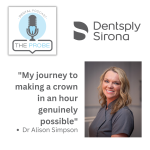

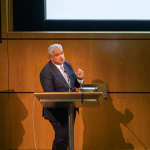

 After a diagnosis of TMD, treatment plans should assess what changes can be made to minimise eating-related discomfort, which also enable the individual to maintain good health. Their diet should incorporate foods from all the main groups, so soft dairy/dairy alternatives, soft fruit and vegetables without seeds or skin, which can be mashed, cooked and/or puréed or served as a smoothie or soup (rice could be added for bulk, if the patient can tolerate it). For protein, meat can be slow-cooked to tender and fish served unbreaded; vegetarian/vegan alternatives include mashed tofu, beans and pulses. For sweetness, there are plenty of options and, if gaining weight is a priority, smooth ice-cream, custard and milkshakes will add calories. Although weight loss is common for people with TMD, others may find they have gained, particularly if they are suffering from another systemic condition, like back pain, which has limited their mobility. Working with a dietician will help them stay well-nourished, while avoiding unwanted extra pounds. Even if a patient doesn’t need to gain or lose anything, while they’re managing TMD, they should eat plenty of nutrient-rich foods. Avocados, for example, are soft, high in healthy monosaturated fats, as well as being a source of folic acid, potassium and other important vitamins.
After a diagnosis of TMD, treatment plans should assess what changes can be made to minimise eating-related discomfort, which also enable the individual to maintain good health. Their diet should incorporate foods from all the main groups, so soft dairy/dairy alternatives, soft fruit and vegetables without seeds or skin, which can be mashed, cooked and/or puréed or served as a smoothie or soup (rice could be added for bulk, if the patient can tolerate it). For protein, meat can be slow-cooked to tender and fish served unbreaded; vegetarian/vegan alternatives include mashed tofu, beans and pulses. For sweetness, there are plenty of options and, if gaining weight is a priority, smooth ice-cream, custard and milkshakes will add calories. Although weight loss is common for people with TMD, others may find they have gained, particularly if they are suffering from another systemic condition, like back pain, which has limited their mobility. Working with a dietician will help them stay well-nourished, while avoiding unwanted extra pounds. Even if a patient doesn’t need to gain or lose anything, while they’re managing TMD, they should eat plenty of nutrient-rich foods. Avocados, for example, are soft, high in healthy monosaturated fats, as well as being a source of folic acid, potassium and other important vitamins.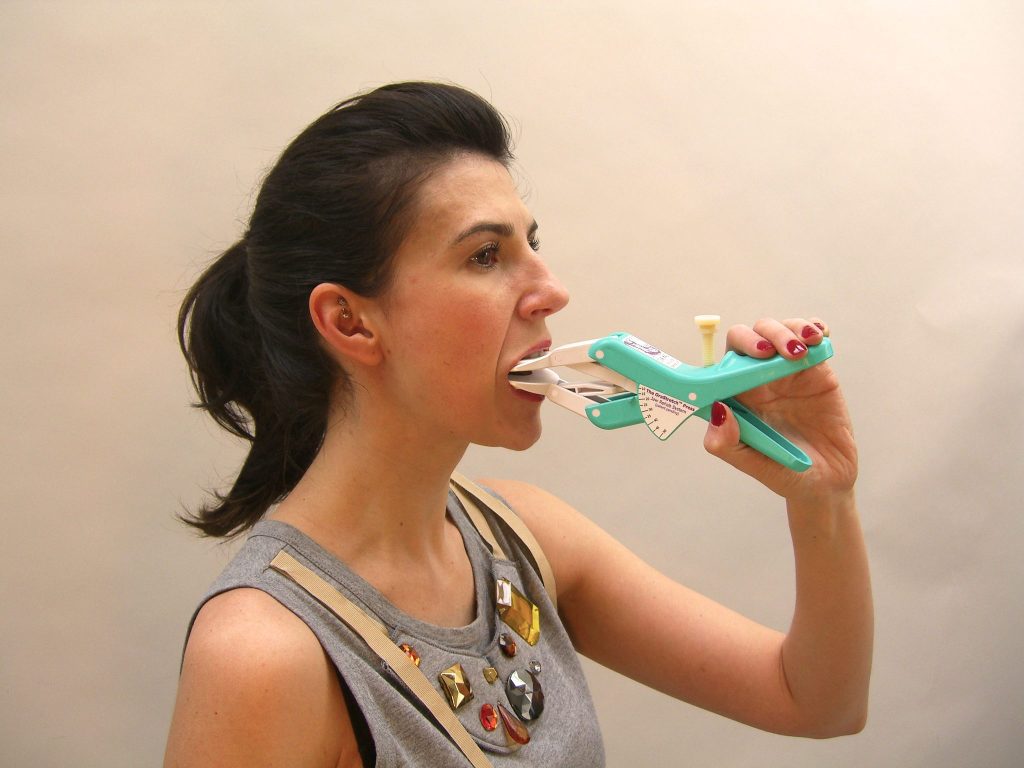 There are various therapies for TMD and a combination of several are often used in care and management plans, for example drugs and medication, psychotherapy and cognitive therapy (effective for bruxists and chronic nail-biters, pen chewers etc.). In more complex situations, speech therapy may be required, especially after surgery. Physical therapies include jaw exercises and learning how to adopt a correct posture to avoid straining the neck and shoulders. There are tools, too, that a patient can safely use at home. The OraStretch Press, distributed by Total TMJ, is a device that enables the user to maximise their range of motion, reduce pain and help the muscles around the jaw get stronger. Typically, it can add 1-2mm per week to how wide a person with TMD can open their mouth. For healthcare professionals, products like these provide an easy way to support people in dealing with this debilitating, often isolating condition.
There are various therapies for TMD and a combination of several are often used in care and management plans, for example drugs and medication, psychotherapy and cognitive therapy (effective for bruxists and chronic nail-biters, pen chewers etc.). In more complex situations, speech therapy may be required, especially after surgery. Physical therapies include jaw exercises and learning how to adopt a correct posture to avoid straining the neck and shoulders. There are tools, too, that a patient can safely use at home. The OraStretch Press, distributed by Total TMJ, is a device that enables the user to maximise their range of motion, reduce pain and help the muscles around the jaw get stronger. Typically, it can add 1-2mm per week to how wide a person with TMD can open their mouth. For healthcare professionals, products like these provide an easy way to support people in dealing with this debilitating, often isolating condition.
